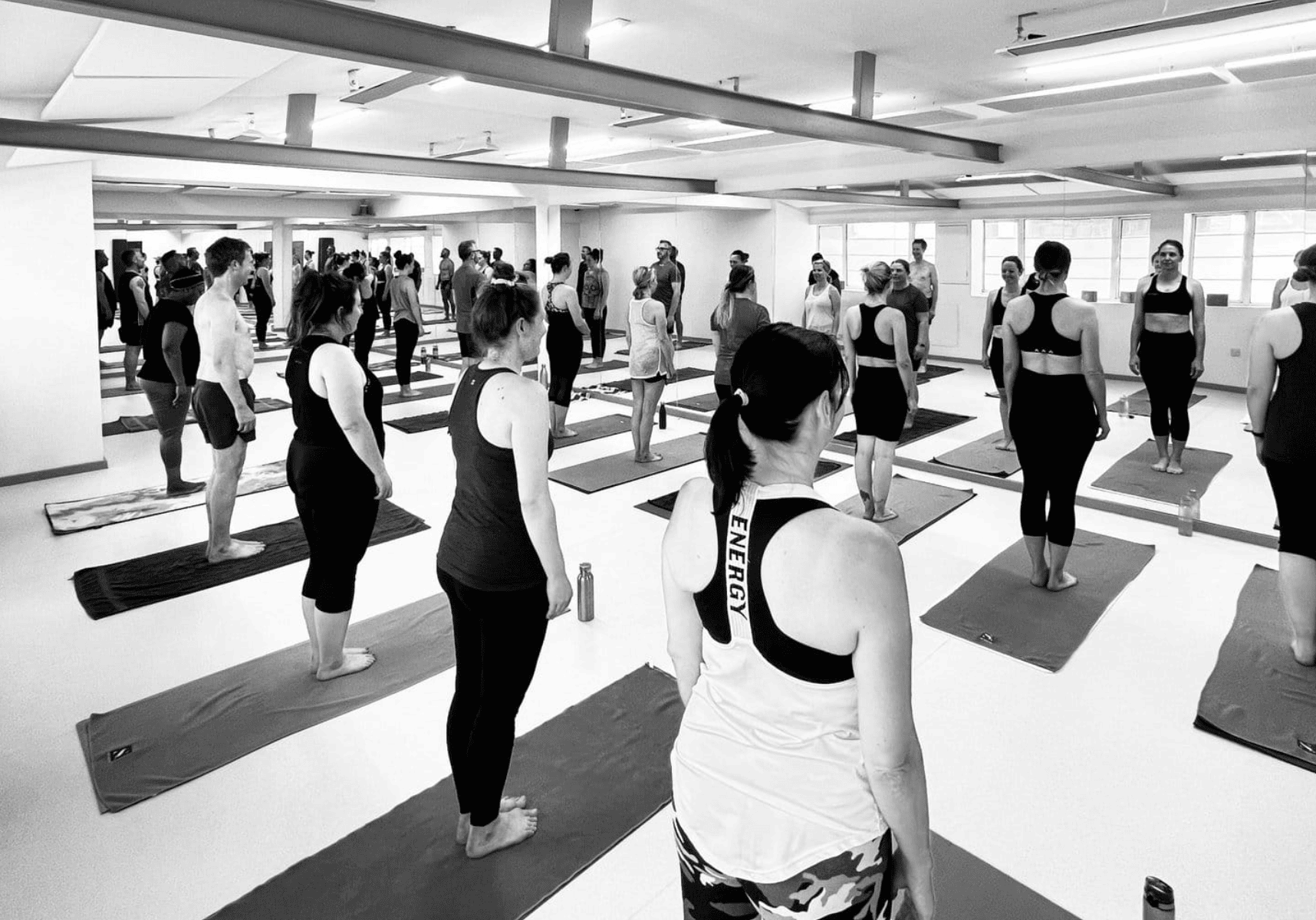
The Art of Non-Attachment and Bikram Yoga
Exploring Non-Attachment Through the Discipline of Bikram Yoga- By Lesley Fitzpatrick
Reading time: 4 minutes
In the world of yoga, the concept of non-attachment holds a significant place.
It's a philosophy that encourages students to detach themselves from the outcomes of their actions, thoughts, and emotions.
This principle finds a companion in the practice of Bikram Yoga, a disciplined and structured form of yoga that challenges the body and mind, fostering discipline and focus.
Non-attachment is a fundamental aspect of many spiritual and philosophical traditions. It's often misunderstood as indifference or detachment, but in reality, it's a practice of observing without clinging. It involves acknowledging the transient nature of life and letting go of the attachment to outcomes, desires, and even the ego.
In yoga philosophy, non-attachment is seen as a means to find inner peace and contentment. By releasing our fixation on specific results or possessions, we free ourselves from the suffering that arises when things don't go as planned.
Instead, we learn to embrace the present moment and accept things as they are.
Bikram Yoga, created by Bikram Choudhury, is a series of 26 postures and two breathing exercises practiced in a heated room. It's designed to systematically work every part of the body, promoting flexibility, strength, and balance. The sequence, coupled with the intense heat, challenges students physically and mentally.
The structure of Bikram Yoga demands discipline and concentration. The heat amplifies this challenge, as it requires individuals to remain present and focused despite discomfort. As students progress through the sequence, they learn to confront their limitations, both physical and mental, fostering a deep sense of self-awareness.
The synergy between the art of non-attachment and Bikram Yoga lies in their shared emphasis on mindfulness and presence. In the heated room, students are urged to stay attuned to their bodies, acknowledging sensations without becoming overly attached to them. Similarly, they're encouraged to let go of judgments about their performance or progress during the practice.
Non-attachment in Bikram Yoga means appreciating the practice for what it is in the moment – a journey of self-discovery rather than a means to achieve a specific result. It involves letting go of the need to be perfect in every posture and instead embracing the process, understanding that each day on the mat is different.
Combining non-attachment with Bikram Yoga can lead to a balanced approach to practice and life. It encourages individuals to engage wholeheartedly in the present, letting go of unnecessary attachments that might hinder progress. Through this, students can develop resilience, adaptability, and a deeper understanding of themselves.
The art of non-attachment teaches that everything is impermanent, including the sensations experienced during the Bikram Yoga practice. Embracing this impermanence allows students to experience the fullness of each moment without being consumed by it.
In conclusion, the marriage of non-attachment and Bikram Yoga offers a transformative path. It's a journey that invites individuals to explore the depths of their being, fostering resilience, mindfulness, and a more profound connection to the present moment.
By practicing non-attachment within the challenging yet rewarding environment of Bikram Yoga, students can discover a sense of liberation, finding balance and well-being amidst the rush and stress of everyday life.





